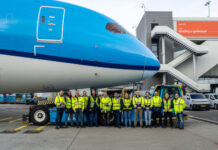
The International Air Transport Association (IATA) has stressed that its projections for a tripling of Sustainable Aviation Fuel (SAF) production in 2024 – to 1.9 billion litres/1.5 million tonnes – remain on track.
This level would account for 0.53% of aviation’s fuel need in 2024. However, to accelerate SAF use, there are several policy measures that governments could take, IATA said.
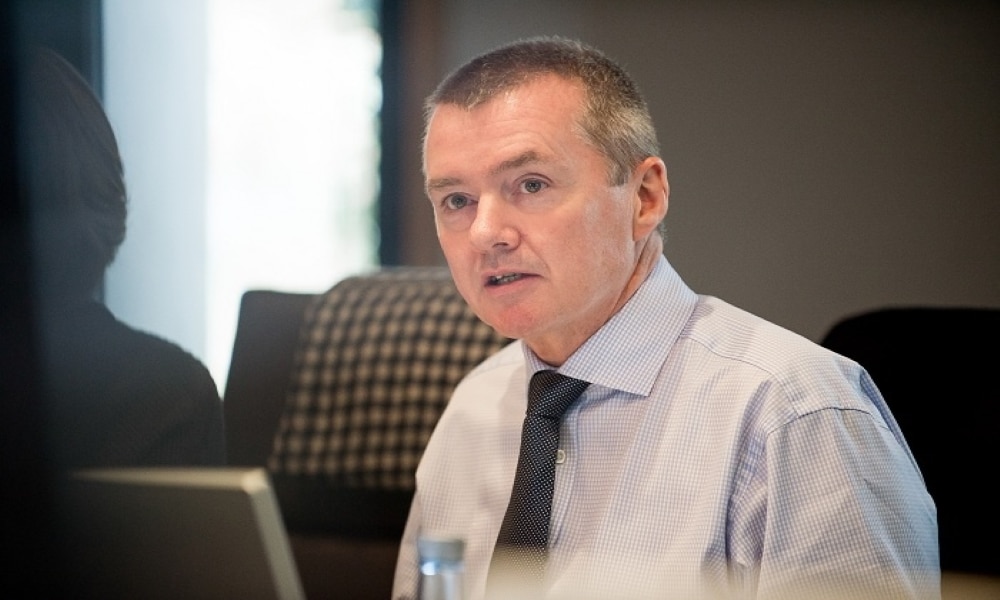
“SAF will provide about 65% of the mitigation needed for airlines to achieve net zero carbon emissions by 2050. So, the expected tripling of SAF production in 2024 from 2023 is encouraging. We still have a long way to go, but the direction of exponential increases is starting to come into focus,” said Willie Walsh, IATA’s Director General.
Renewable fuel production is shared by many industries and SAF is a part of renewable fuel production. That is why increasing the production of renewable fuel is key to increasing the potential of SAF.
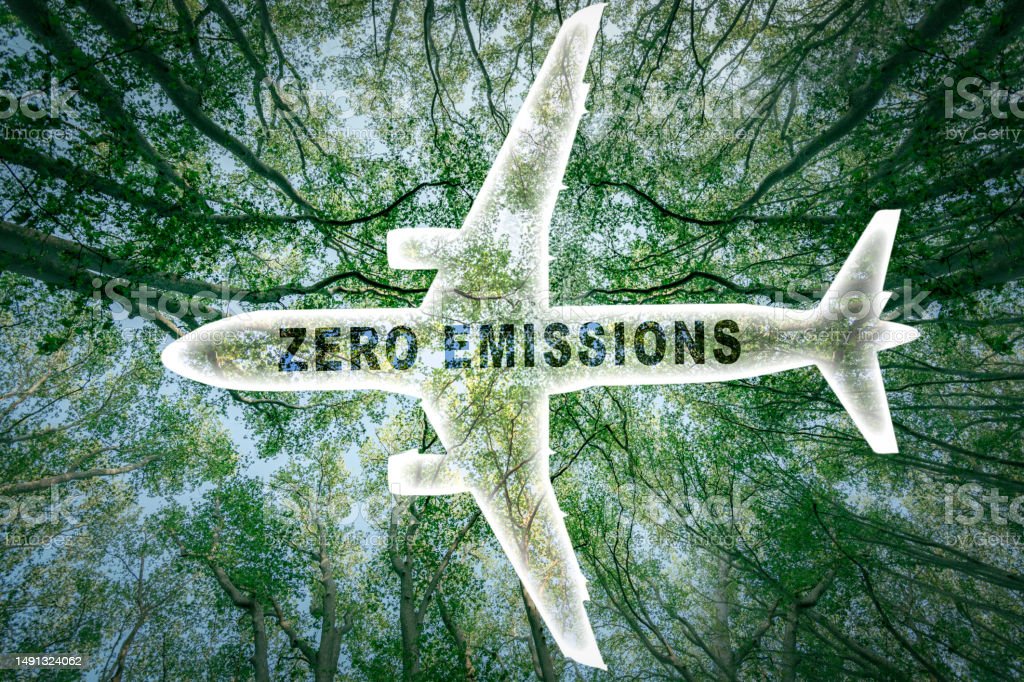
Some 140 renewable fuel projects with the capability to produce SAF have been announced to be in production by 2030. If all of these proceed to production as announced, total renewable fuel production capacity could reach 51 million tonnes by 2030, with production capacity spread across almost all regions.
Renewable fuel production potential could exceed this estimate as investor interest in SAF grows. With a typical three-to-five-year time lag from planning to production, investment announcements as late as 2027 could be in production by 2030. At the same time, it is also clear that not all announcements reach final investment decisions.
Through the International Civil Aviation Organization (ICAO), governments set an ambition to achieve a 5% CO2 emissions reduction for international aviation from SAF by 2030. To achieve that ambition, around 27% of all expected renewable fuel production capacity available in 2030 would need to be SAF. Currently, SAF accounts for just 3% of all renewable fuel production.
“The interest in SAF is growing and there is plenty of potential. But the concrete plans that we have seen so far are far from sufficient. Governments have set clear expectations for aviation to achieve a 5% CO2 emissions reduction through SAF by 2030 and to be net zero carbon emissions by 2050. They now need to implement policies to ensure that airlines can actually purchase SAF in the required quantities,” said Willie Walsh.
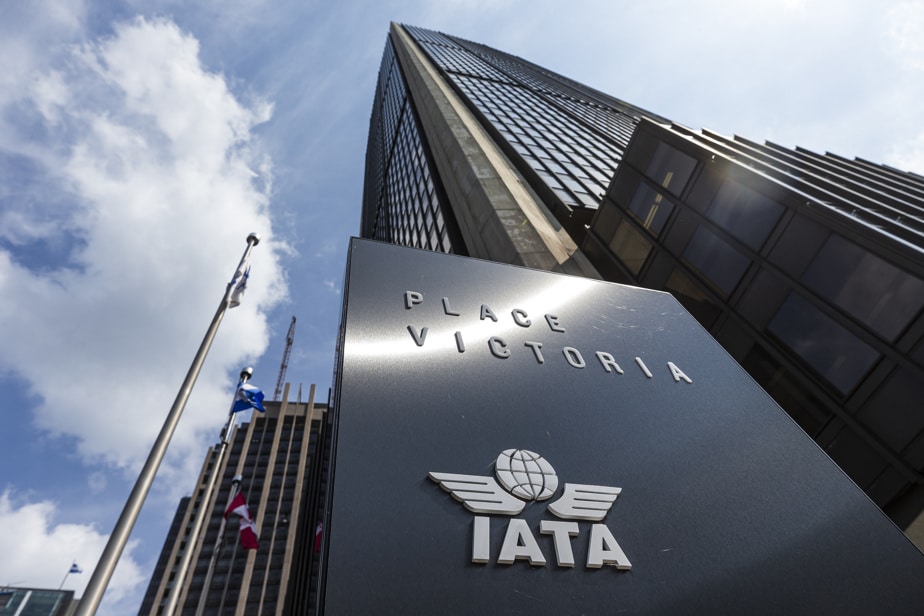
IATA has suggested several potential solutions to accelerate aviation’s access to critical SAF quantities:
- Diversify feedstocks: About 80% of SAF expected to be produced over the next five years is likely to come from hydrogenated fatty acids (HEFA): used cooking oils, animal fats, etc. Accelerating the use of other certified pathways and feedstocks (including agricultural and forestry residues and municipal waste) will greatly expand the potential for SAF production.
- Co-processing: Existing refineries can be used to co-process up to 5% of approved renewable feedstocks alongside the crude oil streams. This solution can be implemented quickly and materially expand SAF production. However, policies must be put in place urgently to facilitate consistent life-cycle assessments.
- Incentives to improve the output mix at renewable fuel facilities: The current renewable fuel facilities are designed to maximize diesel production and often benefit from incentives in addition to the long-standing demand from road transportation. As road transport transitions to electrification, policies should be established to shift production toward the long-term need of air transport for SAF. Incentives aimed at SAF can help facilitate the renewable diesel-SAF switch, which requires minimal modifications at existing stand-alone renewable fuel facilities.
- Incentives to boost investments in renewable fuel production: The production of all renewable fuels will need to scale up rapidly, and among them, the need for a growing share of SAF production will necessitate strong policy support. One such clearly articulated policy is the US Grand Challenge and the $3bn of investments it supports. Stable, long-term tax credits would further maximise SAF production capability in both existing and new facilities.
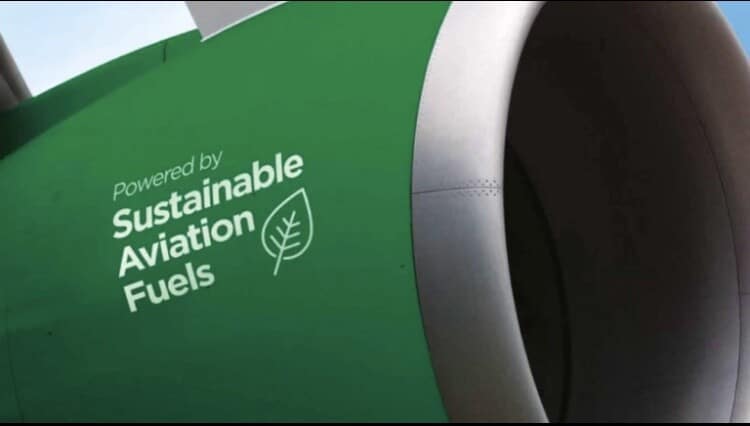
A recent IATA survey also revealed significant public support for SAF. Some 86% of travellers agreed that governments should provide incentives for airlines to use SAF. In addition, the vast majority (86%) of air passengers agree that leading oil corporations should prioritise the production of SAF.
Mr Walsh added: “Incentives to build more renewable energy facilities, strengthen the feedstock supply chain, and to allocate a greater portion of renewable fuel output to aviation would help decarbonising aviation. Governments can also facilitate technical solutions with accelerated approvals for diverse feedstocks and production methodologies as well as co-processing renewable feedstocks in crude oil plants. No one policy or strategy will get us to the needed levels. But by using a combination of all potential policy measures, producing sufficient quantities of SAF is absolutely possible.”
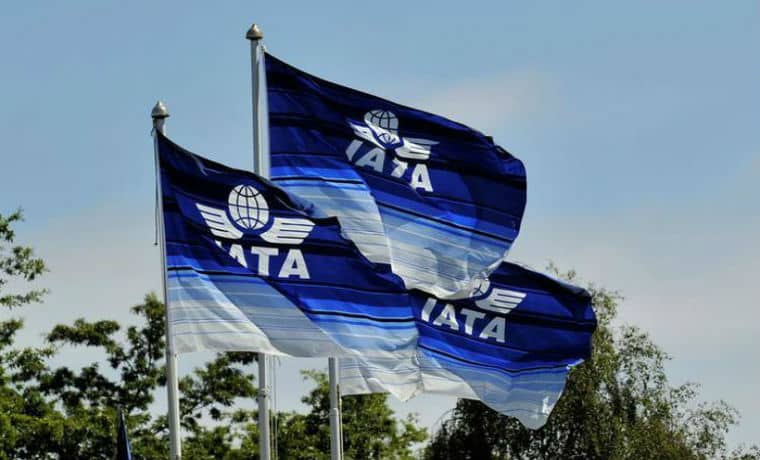
Meanwhile, IATA has also announced the launch of IATA FuellS – an advanced analytics solution to optimise airline fuel consumption, using aggregated and anonymised flight and fuel data.
“IATA FuellS is a robust analytical tool for airlines to make both strategic and operational decisions to optimise fuel consumption, reduce fuel costs, and improve environmental performance. By enabling airlines to benchmark their fuel performance against aggregated industry data, airlines can understand where they excel and where they need to take action,” said Nick Careen, IATA Senior Vice President Operations, Safety and Security.
Key Features of FuelIS Include:
- Fleet Fuel Efficiency Assessment: The fuel efficiency of various aircraft types for different regions and times can be analyzed by comparing fuel burn per Operational Tonne-Kilometer (OTK) with industry averages.
- Airport Benchmarking Analysis: Fuel quantity at landing can be measured for aircraft. This can be benchmarked against the aggregated fuel quantities of all other airlines landing at the same airport.


